Webinar dives into definitions of welfare and current best practices
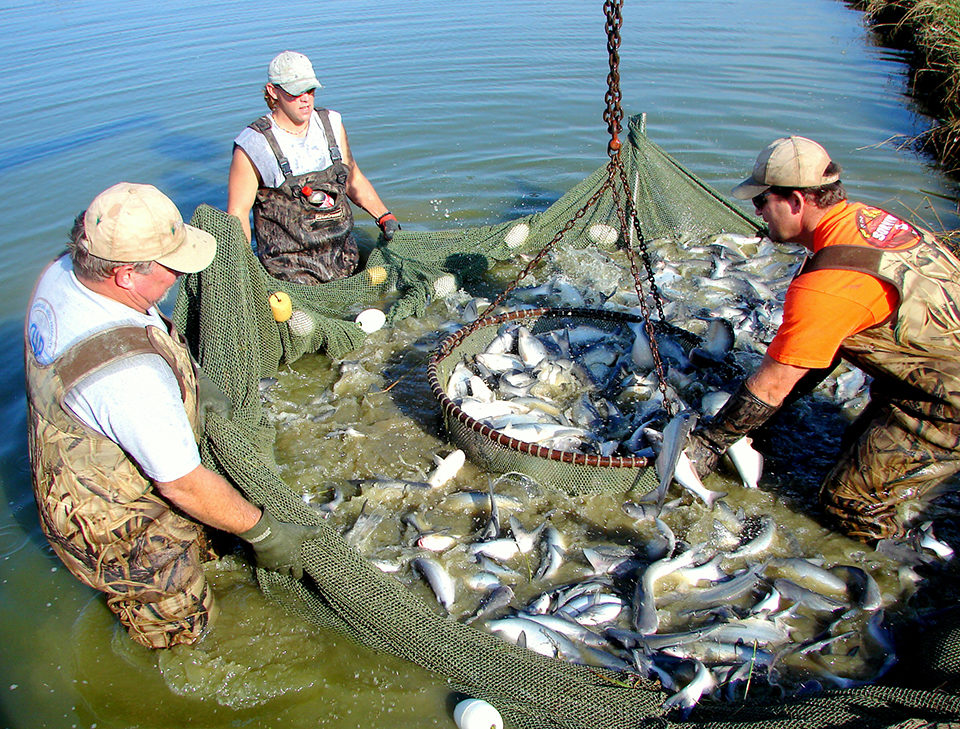
Humane treatment of farm animals has become a larger blip on consumers’ radars; the topic is also the subject of growing media and academic interest. As such, food producers are educating themselves on the latest in animal health and welfare and the best practices available to them.
Craig Watson, director of the tropical aquaculture laboratory at the University of Florida, said during a webinar last week that animal welfare issues have been a focus of his 30-year career, and interest is peaking. He warned attendees not to let anthropomorphism – the act of attributing human characteristics or behavior to gods, animals or inanimate objects – cloud their reasoning when determining what steps to take.
The webinar – hosted by Auburn University and Alabama A&M University and sponsored by the National Aquaculture Association and the U.S. Aquaculture Society – gave more than 160 attendees the latest information on welfare issues for aquatic animals, including whether fish and shellfish feel pain.
Ben Diggles, Ph.D., one of three expert speakers convened for the online event, said there are three schools of thought or definitions of animal welfare – function-based, nature-based and feelings-based – and that none are entirely right or wrong. But only function-based definition has a scientific basis, he said. Therefore, the best the aquaculture industry can do is take due account of the potential impacts of its actions on the well-being, health and fitness of fish, and acting in a way that minimizes those impacts.
“The scientific literature on welfare of most aquatic animals is immature, leading to information voids and misinformation,” said Diggles, director of DigsFish Services in Queensland, Australia. “Most [activist] campaigns are emotive campaigns rather than true welfare-oriented science-based interactions with industry. And urbanized populations are often disengaged from the natural environment, and are easily swayed by emotive campaigns.”
U.S. organization Mercy for Animals last year made overtures about an aquaculture-focused activist effort, citing increased consumer concerns, but it made few waves. Other recent activist efforts in the United States have targeted catfish and lobster processing. Diggles also mentioned a growing effort in Australia to shine a light on a common technique used by shrimp hatcheries – eyestalk ablation – that prompts broodstock to spawn. While research continues into shrimp breeding techniques without the use of ablation, Diggles said ablation has become the center of a new activist call for crustaceans to be brought under current welfare legislation for terrestrial animal production. This despite a great misunderstanding of the process itself.
“None of the ablated animals are [the ones being] eaten,” noted Diggles. “Without ablation, many more broodstock [shrimp] are needed, as is more handling [of the animals]. Removing ablation would therefore result in a net reduction of animal welfare in shrimp farming.”
Welfare a component of certification
Leading aquaculture certification groups have animal welfare components in their standards and are identifying and strengthening best practices for producers. In early 2018, the Open Philanthropy Project gave $435,000 grants to the Aquaculture Stewardship Council, Friend of the Sea and the Global Aquaculture Alliance (GAA) and its Best Aquaculture Practices (BAP) program.
Regardless of morality we need to provide good welfare, and we do. We provide safe, environmentally sustainable seafood raised with good aquatic animal welfare.
GAA announced last week that it completed its evaluation of existing practices for tilapia and for catfish and is nearly finished evaluating existing practices for salmonids. The U.S. based organization, publisher of the Global Aquaculture Advocate, will form a 12-person advisory committee to identify areas for additional research and develop online educational content for producers. Elements of the project will be incorporated in the BAP standards.
Randy MacMillan, VP at Clear Springs Foods in Buhl, Idaho, said during last week’s webinar that it’s important for the aquaculture industry to stress that it already takes animal welfare concerns into account. BAP certification, which Clear Springs has achieved, focuses on “functional” welfare measures, he added, and is proof that a producer is taking appropriate measures.
“Good husbandry and good welfare equals good production,” said MacMillan. “Regardless of morality – a complicated and cultural question – we need to provide good welfare, and we do. We do it now. We provide safe, environmentally sustainable seafood raised with good aquatic animal welfare.”
Sensations of pain impossible to disprove
Long dismissed by biologists and fishmongers, the question over whether fish feel pain is a subject of renewed debate, with some recent publications drawing rather definitive conclusions on the matter. At the World Aquaculture Society’s Aquaculture America conference earlier this year, Watson, of the University of Florida, made it clear that fish lack the neurophysiology necessary to feel pain in the way that higher vertebrates, like humans, do. But it’s a cultural issue that demands a nuanced approach.
“We must respect each other’s beliefs and differences. Welfare is determined by the situation the fish is in,” he said at the time. “Applying welfare based on situations and ethics associated with research, companion, exhibit or sacred animals is inconsistent with aquaculture.”
Diggles added during the webinar that a recent review conducted in Australia found no scientifically valid evidence that crustaceans feel pain, yet many producers and processors are using equipment said to minimize suffering. Many finfish producers have been using stunning devices on fish before slaughter for years, and there are options for shellfish farmers as well, such as the Crustastun device, which employs electric shocks. The London-based company claims it also improves the texture and flavor of the animal’s flesh.
Howard Browman, principal research scientist at the Institute of Marine Research in Austevoll, Norway, said last week that the dramatic increase in interest among researchers into animal welfare and whether fish and shellfish feel pain is driven by regulations.
“It is reasonable to ask whether this is a reasonable, practical and applicable approach for aquaculture,” said Browman. Whether the behavioral responses that aquatic animals exhibit in response to stimuli are signals that these organisms feel pain is not possible to disprove by science, he added. “It’s possible that fish have feelings – it’s impossible to prove incorrect.”
Aquatic animal welfare is not limited to aquaculture. Some commercial fishing companies are hoping that a “humanely harvested” label will help their appeal to conscious consumers. Fish have a very “flexible physiology,” added MacMillan, and a unique biology that sets them apart from terrestrial animals. As a result, emotional ties to other fish are extremely unlikely, he said, and sensations of pain would simply hinder their survival instincts.
“Fish must first not be eaten, then they must eat something, then they must reproduce. A failure to do that, or to be distracted by pain – they would be eaten,” said MacMillan.
Follow the Advocate on Twitter @GAA_Advocate
Author
-

James Wright
Editorial Manager
Global Aquaculture Alliance
Portsmouth, NH, USA[103,114,111,46,101,99,110,97,105,108,108,97,101,114,117,116,108,117,99,97,117,113,97,64,116,104,103,105,114,119,46,115,101,109,97,106]
Tagged With
Related Posts
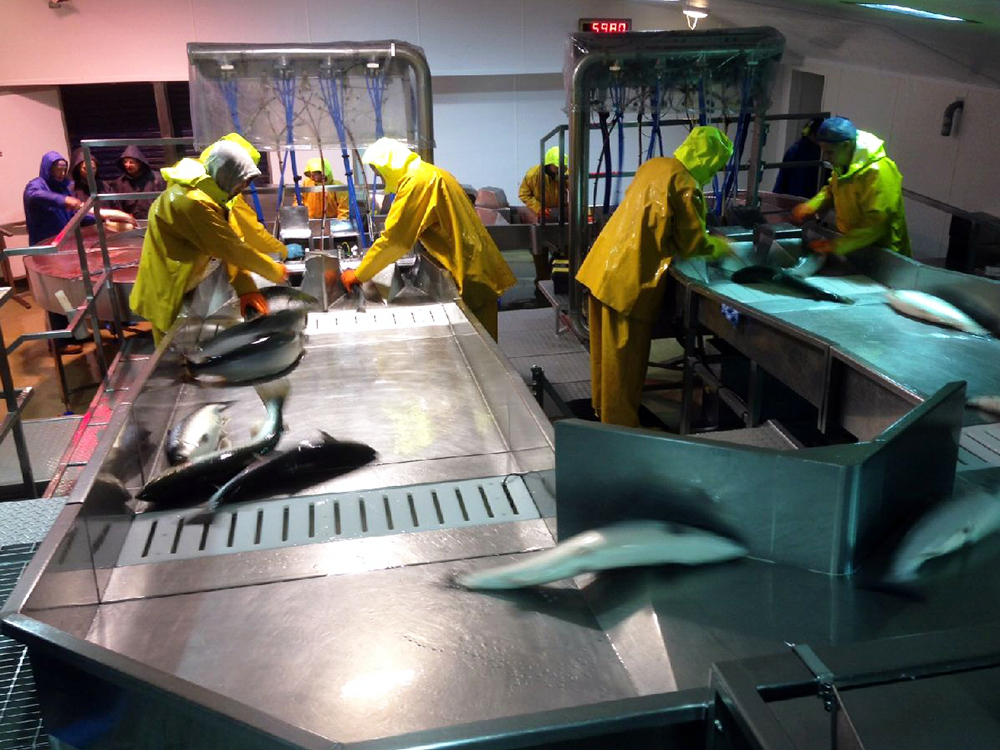
Health & Welfare
Fish producers benefit from humane slaughter techniques
EU legislation requires farmed fish be spared unnecessary pain, distress or suffering at slaughter, and efficient manual and automated systems have been developed to help achieve this goal. What’s more, longer shelf life and improved flesh quality have been reported.
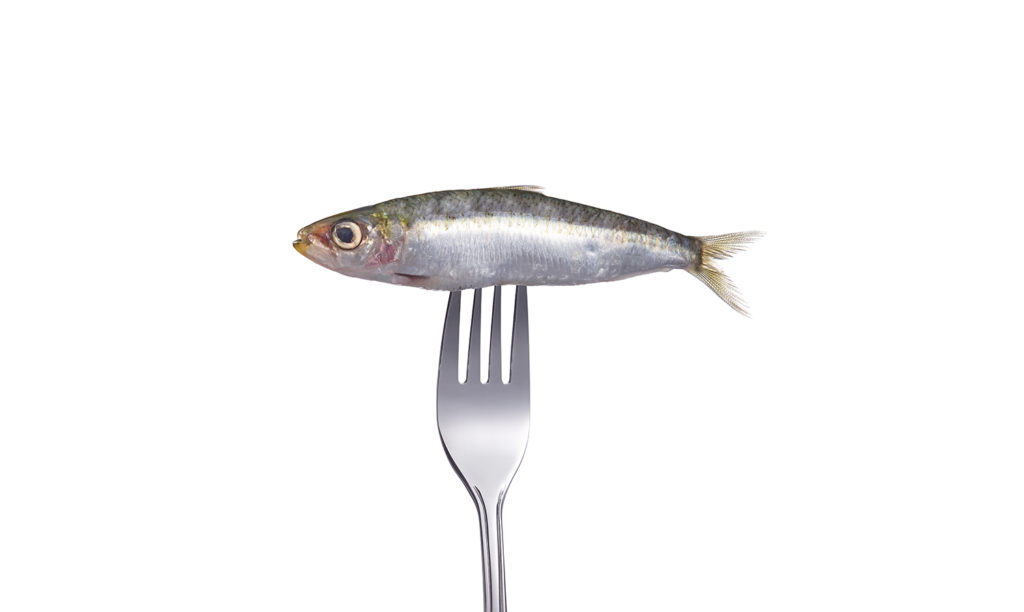
Health & Welfare
Study ties animal welfare practices to consumer purchasing
There’s an opportunity to expand the U.S. market for farmed seafood if the aquaculture industry were to more widely adopt humane production practices, according to a study by Changing Tastes and Datassential.
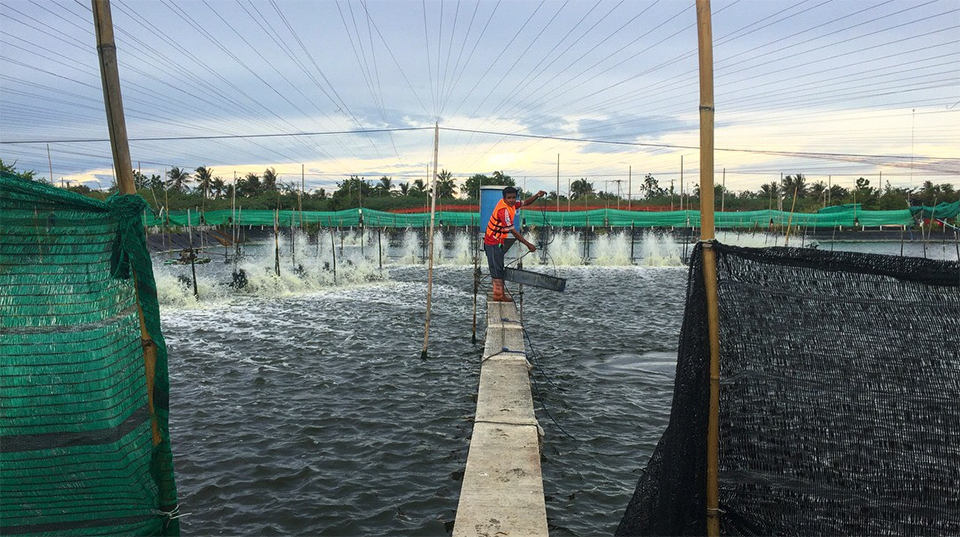
Responsibility
App aims to bring clarity to seafood traceability, social compliance data
For small-scale aquaculture farmers in far-flung regions, creating traceability data can present major challenges, both linguistic and technological. It’s those challenges that VerifiK8 is poised and ready to help solve.
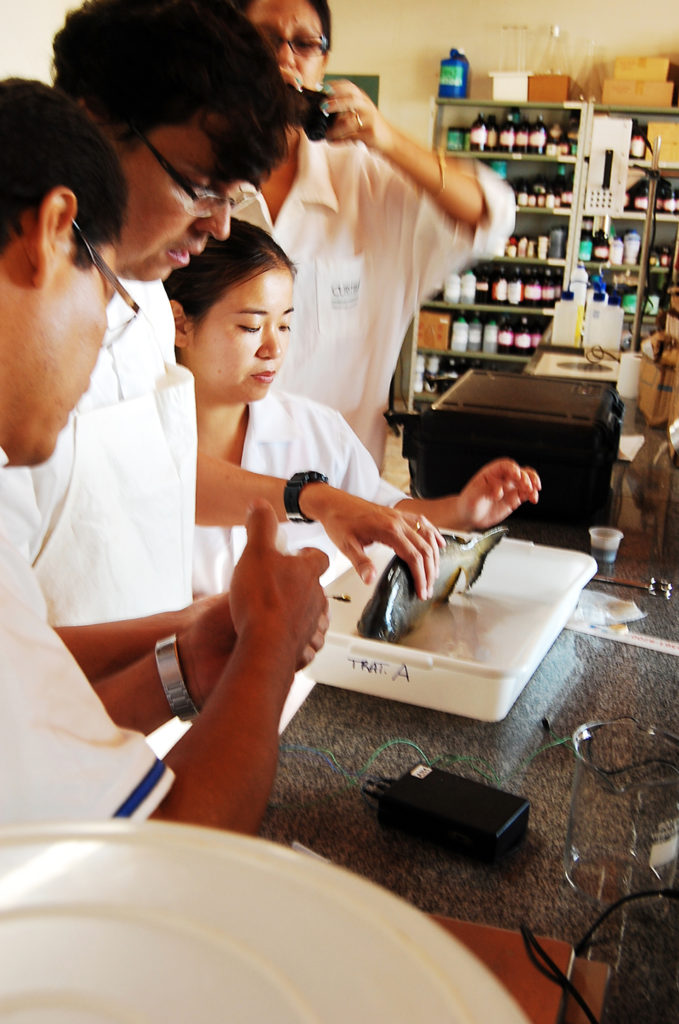
Health & Welfare
Brazil survey: Animal welfare perspectives vary between producers, researchers
Survey participants also indicated that, in general, Brazil’s fish-farming industry is addressing elements of animal welfare to some degree, but can improve.

